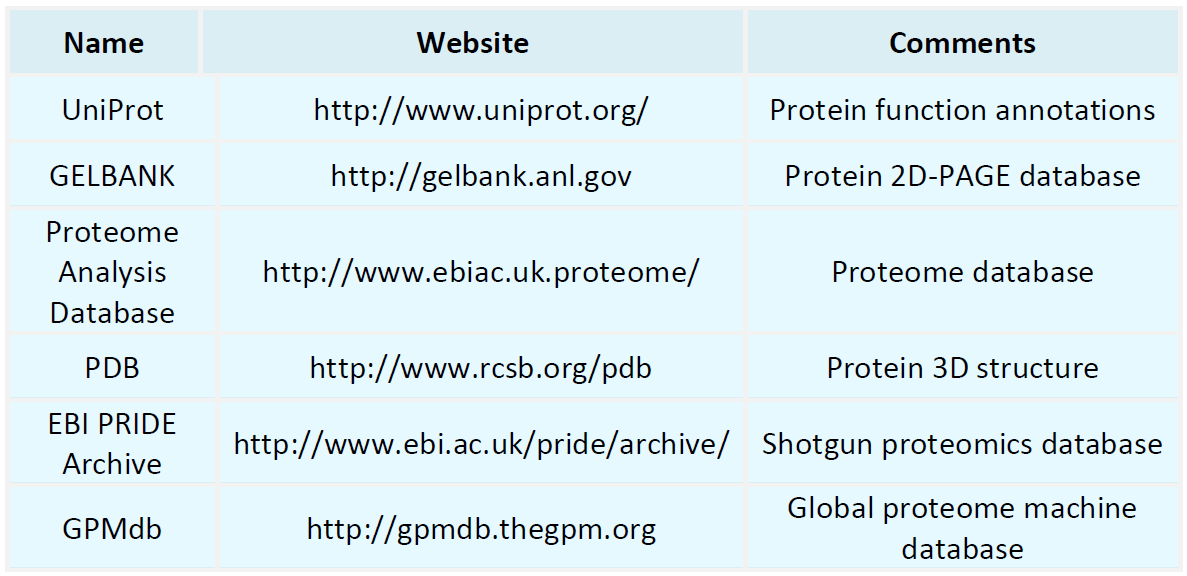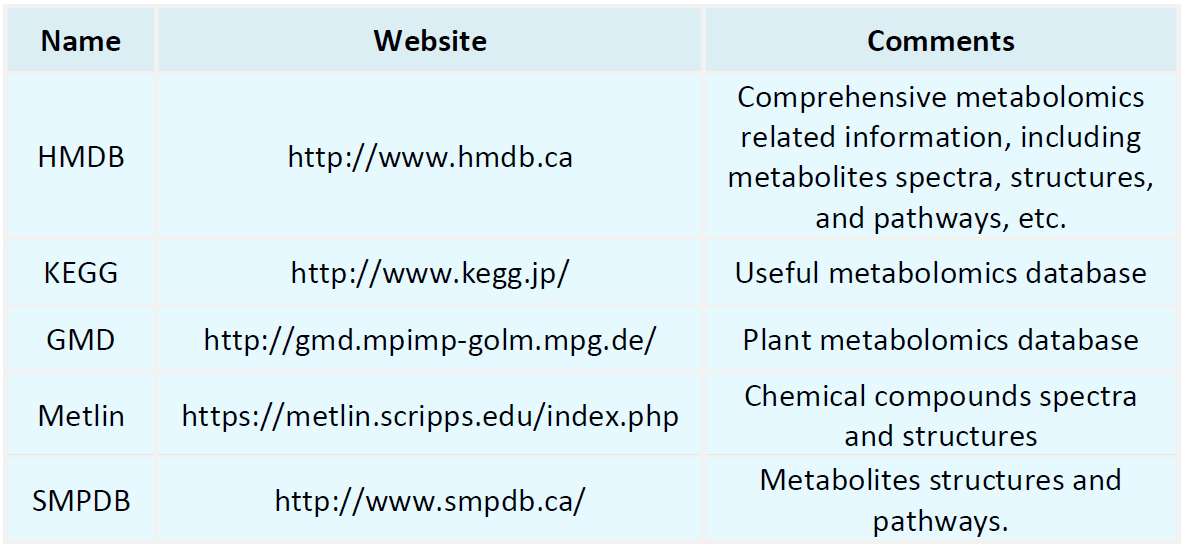Resources
Proteomics Databases

Metabolomics Databases

-
• Single-Cell Proteomics Mass Spectrometry
Single-cell proteomics mass spectrometry is a mass spectrometry-based approach designed to characterize the protein composition and dynamic changes within individual cells. Conventional proteomics techniques typically require large cell populations, whereas single-cell proteomics mass spectrometry overcomes this limitation by enabling the analysis of protein expression levels, post-translational modifications, and protein-protein interactions at single-cell resolution. This technology provides an .......
-
PY-GC-MS Analysis is an analytical technique that integrates pyrolysis, gas chromatography (GC), and mass spectrometry (MS). This method enables efficient and precise analysis of complex organic compounds, leading to its widespread application in various scientific and technological fields. In materials science, PY-GC-MS Analysis is extensively utilized to investigate the composition and degradation behavior of polymers. By analyzing the decomposition products, researchers can infer structural information..
-
• Glycan Analysis Mass Spectrometry
Glycan analysis mass spectrometry is a highly sensitive analytical technique employed to elucidate the structural characteristics and variations of glycans. Glycans are ubiquitous in biological systems and play essential roles in various biological processes, including cell signaling, immune response, protein folding, and cell-cell interactions. Compared to proteins and nucleic acids, glycans exhibit remarkable structural complexity and heterogeneity. Traditional glycan analysis techniques often struggle...
-
Single reaction monitoring (SRM) is a mass spectrometry-based technique for the quantitative analysis of target compounds or biomolecules. Compared to conventional mass spectrometry techniques, single reaction monitoring offers superior sensitivity and specificity, enabling precise identification and quantification of specific molecules in complex biological matrices. The core principle of single reaction monitoring involves the selective detection of target analytes by monitoring predefined ion ........
-
Metabolic pathway analysis is a scientific approach for investigating metabolic processes, metabolite transformations, and regulatory networks within cells or organisms. A metabolic pathway consists of a series of enzyme-catalyzed chemical reactions that facilitate the conversion of substrates into products, thereby sustaining essential biological functions such as energy homeostasis, biosynthesis, and signal transduction. In addition to nutrient metabolism, metabolic pathways play a crucial role in .......
-
• Olink Proximity Extension Assay
The olink proximity extension assay is an advanced proteomics technology designed for accurate and efficient protein quantification. Based on the principle of proximity extension, this method integrates high-throughput microfluidic systems with a highly sensitive real-time quantitative PCR (qPCR) detection system. This combination enables the simultaneous detection of multiple target proteins within complex biological samples. The assay is distinguished by its high specificity and sensitivity, allowing.....
-
Immune response profiling involves analyzing immune responses triggered by antigen stimulation using a range of advanced techniques. As a fundamental defense mechanism against pathogens, the immune response comprises intricate cellular and molecular interactions. By leveraging immune response profiling, researchers can gain deeper insights into immune system mechanisms, immune cell activation and function, as well as the proteins and signaling pathways involved in these processes. This approach is .........
-
• Biomolecular Target Identification
Biomolecular target identification is the process of systematically identifying molecular targets associated with specific biological processes or disease states using experimental methodologies. This process plays a crucial role in modern medicine and drug development. In cancer research, identifying molecular targets specific to tumor cells enables researchers to design highly selective and effective targeted therapies, thereby minimizing damage to normal cells. Similarly, in the study of .......
-
Synthetic peptide analysis involves the systematic investigation of the structure, composition, and functionality of chemically synthesized peptides. These peptides, composed of short-chain amino acid sequences, are widely utilized in biomedical research, drug development, vaccine studies, and diagnostic applications. Synthetic peptides can either replicate specific segments of natural proteins or be engineered as novel functional molecules, necessitating detailed analysis to ensure their accuracy and......
-
Mass spectrometry is widely applied in modern scientific research, spanning biochemistry, environmental science, food safety, and medical diagnostics. In biochemistry, mass spectrometry plays a crucial role in proteomics research by enabling the identification and quantification of proteins, thereby helping scientists elucidate biological processes. In environmental science, mass spectrometry is instrumental in detecting environmental pollutants, such as heavy metals and volatile organic compounds, pr......
How to order?







